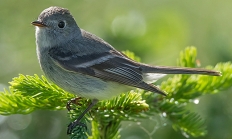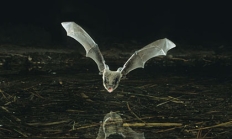Spencer Creek will close a month early to protect spawning salmon, Chinook return to Klamath River after dam removal
KLAMATH FALLS, Ore. – Sept. 30 will be the last day to fish on Spencer Creek this year, as this tributary of the Klamath River will be closed as of Oct. 1 to protect spawning fall Chinook salmon. Spencer Creek has traditionally been closed to fishing from Nov. 1 to May 21 each year, the usual…

















